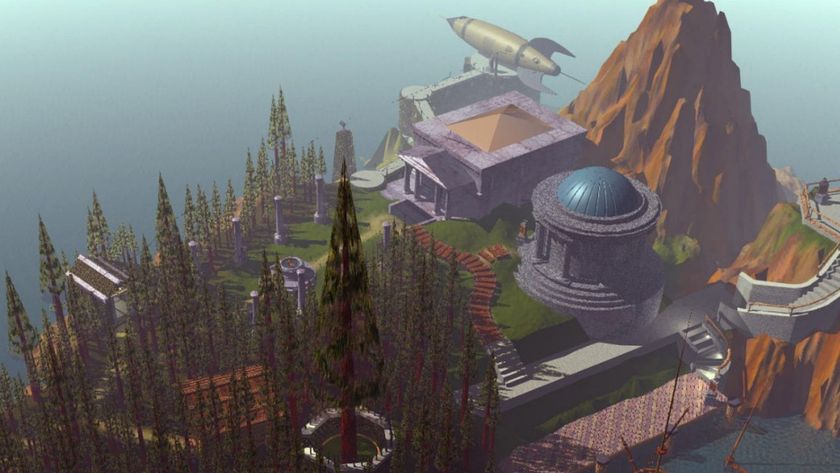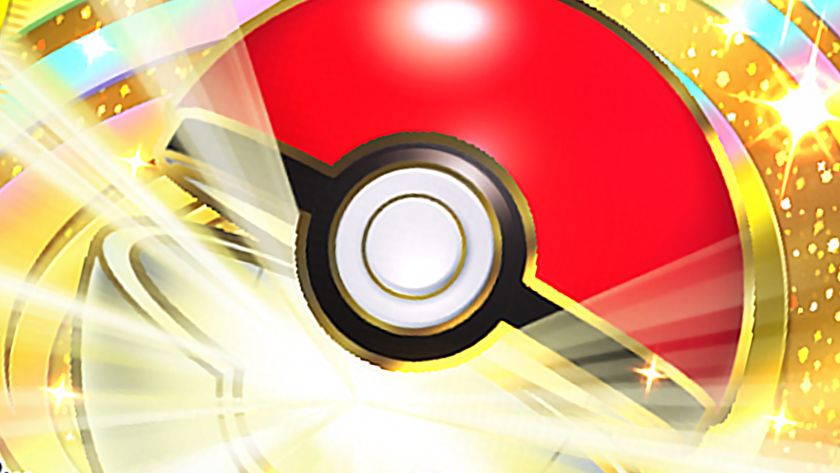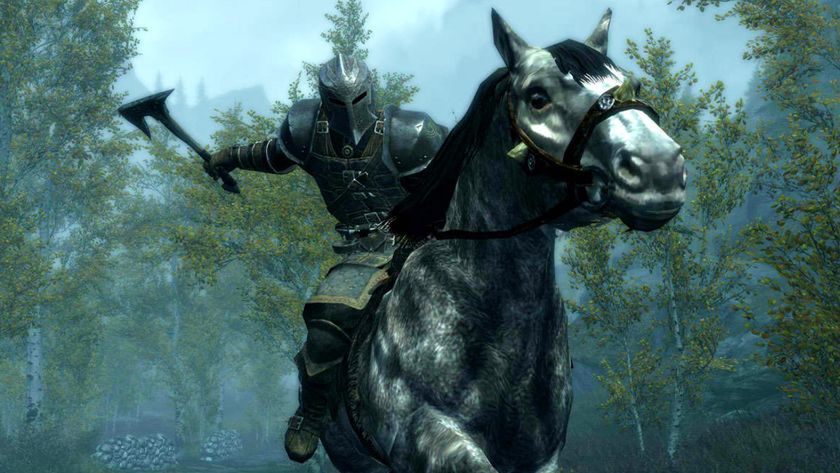Will Overwatch succumb to Hearthstone’s pro scene burnout?
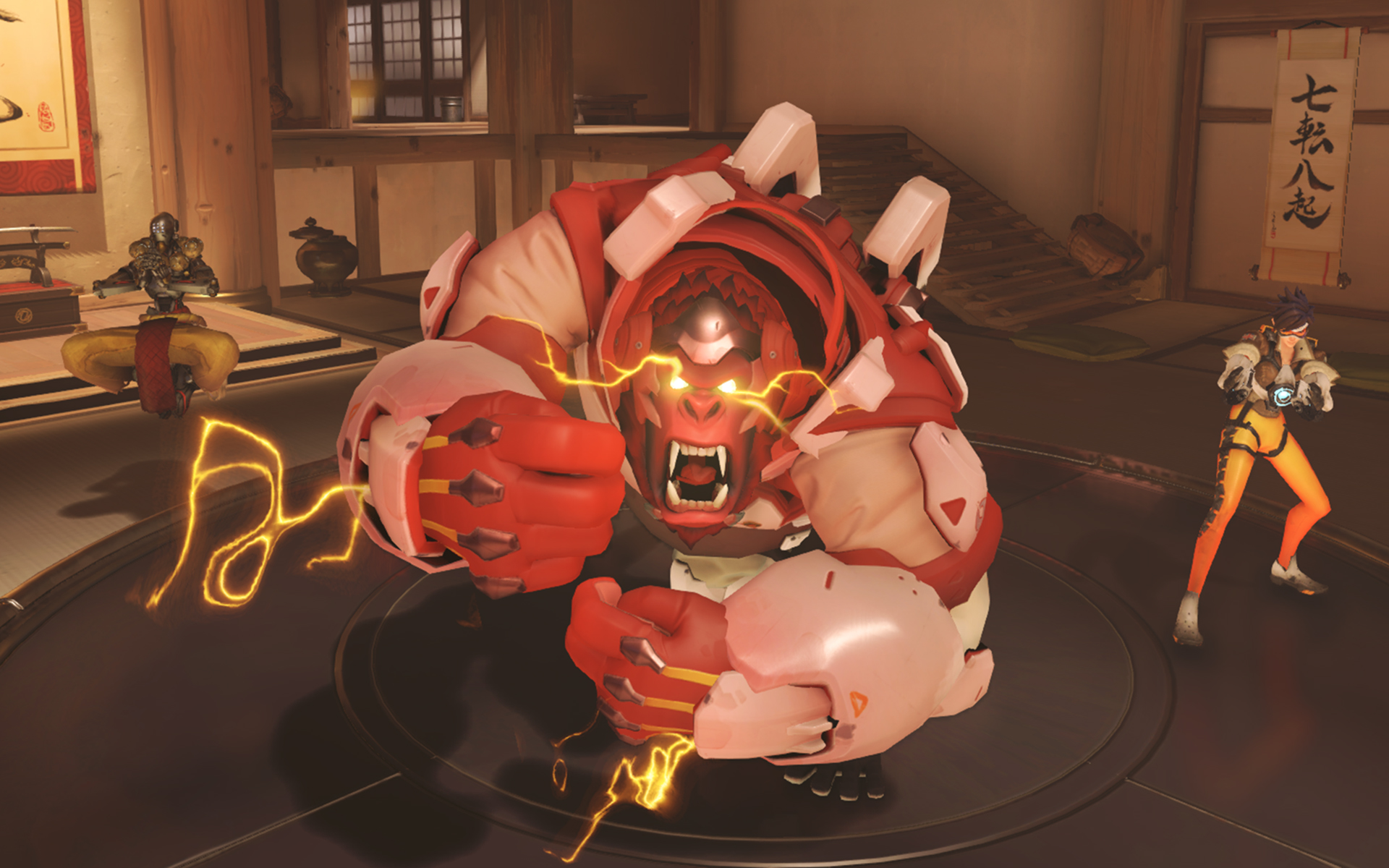
Blizzard Entertainment has a long history of its titles becoming professional gaming phenomenons. From the continued adoration of StarCraft 2 to the recent smash sensation Overwatch, the team has fine-tuned the creation of games that make for great high-level competition. But all those years of experience haven’t saved Blizzard from some stumbles in how it balances the needs of pros with those of people who are just playing for fun.
Hearthstone, Blizzard’s collectible card game centered on World of Warcraft lore and characters, launched in 2014. As of the start of 2016, the game had 50 million registered players, and by the end of the year, the game had seen a 20% increase to its monthly active users. But even as Hearthstone continues to attract more players, it faces a divide between two very distinct audiences. And if Reddit threads, Tweetstorms and forum rants are any indication, neither of them are very happy.

The pro gaming scene for Hearthstone was - and is - massive. It’s still regularly one of the top games on Twitch, with popular streamers routinely pulling in thousands of viewers each day. The tournament schedule is packed with everything from local fireside gatherings to an extensive gauntlet of events leading up to the World Championship at BlizzCon. But the people who want to make their name, and ideally their income, from the game, have complained that Blizzard isn’t giving enough support to that competitive community in their game design. There are regular debates about the role of randomness in a game where people are banking on skill and logic carrying the win. And if only a handful of decks feel like the most powerful meta choices, some have argued that the strategy is barely a factor on the ladder.
“If you play extremely well you might have 65 percent [win rate],” Hearthstone pro Adrian Lifecoach Koy said. “And you if really, really play bad Hearthstone that day it doesn't matter, you still have 50-55 percent… You can play like crap and you can still have 50 percent… it's like coin flipping with a little bit of strategy." Koy, a popular streamer and frequent tournament-winner, said that he plans to drop competitive Hearthstone to focus on playing the Gwent beta.
On the other side, though, casual players aren’t necessarily faring much better. Hearthstone was designed to avoid some of the pitfalls of legacy CCGs like Magic: The Gathering that make it daunting for a new player to step in. Its mechanics are more streamlined, while the online matchmaking and digital library make it easier for casual players to drop in to play a few rounds without dedicating all their free time to the game. But as Blizzard cranks out new expansions at a steady clip, it is harder to keep up with the latest cards in the arsenal. Sure, the number of registered players is huge, but Blizzard isn’t sharing data about how many of those people are playing regularly or recently.
Balance is a tricky beast to wrestle with for any game designer. Tuning a dynamic game like Hearthstone that adds more content over time, plus managing all the different play styles and player needs, becomes a Sisyphean task. What can we predict for Overwatch based on that history?
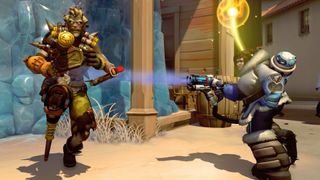
Overwatch has followed an even faster rise to success, passing the milestone of 25 million registered players in January 2017 after debuting in May 2016. It’s a game that appeals to people who wouldn’t normally play shooters at the same time as legacy teams like Liquid, Fnatic, and compLexity field crews of former Call of Duty pros. All the potential for friction is in place, but fortunately for Overwatch fans, there are enough differences here to be optimistic about the future of the game’s two audiences.
Sign up to the 12DOVE Newsletter
Weekly digests, tales from the communities you love, and more
For starters, Overwatch has many more options for how to play. Casual Hearthstone players pick whether they want a ranked match or not and whether they want all the cards available for their decks. Maybe you have the planned encounters of a single-player adventure, but otherwise, a match of Hearthstone is a match of Hearthstone. Thanks to the Arcade, Overwatch players have many more options for what kind of low-pressure experience they might want. Blizzard’s move to add loot box incentives each week means that the casual players have an extra reason to hop into the brawl playlist or try a few rounds of Mystery Heroes. If the Competitive seasons hold no interest, there are still ways to get a fix of fun without and ELO ranking on the line.
The very nature of Overwatch also makes it more forgiving in keeping different camps happy. Success is based on your team, and even a lackluster team can be carried by one star player. Also, the meta in Hearthstone is strictly decided by numbers. Some decks will always be more powerful and only luck can eke out a win against them. The added layer of hand-eye coordination needed to be good at a shooter means that even though a hero composition may be more ideal on paper, less common characters can still shine when they’re in a talented player’s hands.
Most importantly for the everyday player, though, is that new content isn’t something that you can only access by being good at the game. The big card additions in Hearthstone require you to have opened loads of card packs, which require you to have played many, many hours of the game. Overwatch heroes are available to all; the loot boxes are just about cosmetics. You could leave the game alone for months, then return and not have fallen behind on anything but your aim.
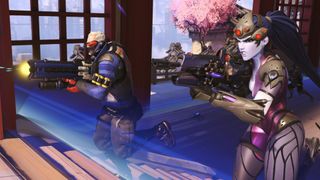
That just leaves the elephant in the room for the professional side: Overwatch League. The program, announced at BlizzCon 2016, is designed to offer support for aspiring pros and to give them resources and infrastructure to have steady careers. For all the talk about esports becoming A Thing, this appears to be a definite step toward formalizing Overwatch as an operation on par with professional athletics. The details are still scarce on exactly what the League will look like, although we do know that the price tag to field a team is pretty steep. As the number of dollars on the line grows, both for Blizzard and for team owners, there is a very real risk that the balance will shift toward valuing pro player needs over casual ones. The company will hopefully be aware of those concerns as the League kicks off and will address them, even if they aren’t coming from the vocal minority.
The best reason to be optimistic, though, is that Overwatch is more than a really great game. It’s an entire creative universe. It’s the subject of comics and fan art and Twitter accounts and countless YouTube clips. The Overwatch community is already hooked on the world, and Blizzard knows it. Hearthstone had plenty of in-jokes for WoW fans, but starting fresh has allowed this new title to propel itself into the imaginations of players in a way that the card game could not. Overwatch players of all skill levels may gripe about balance issues or art choices on forums, but then they log right back in and keep playing the game.

Anna is a freelance writer who has written for the likes of GamesRadar, Ars Technica, Blizzard Watch, and Mashable. She's also created games as part of various game jams. Anna likes games about solving puzzles and/or shooting things. She wishes she could trade zingers with GLaDOS and have beers with Garrus Vakarian in real life.
